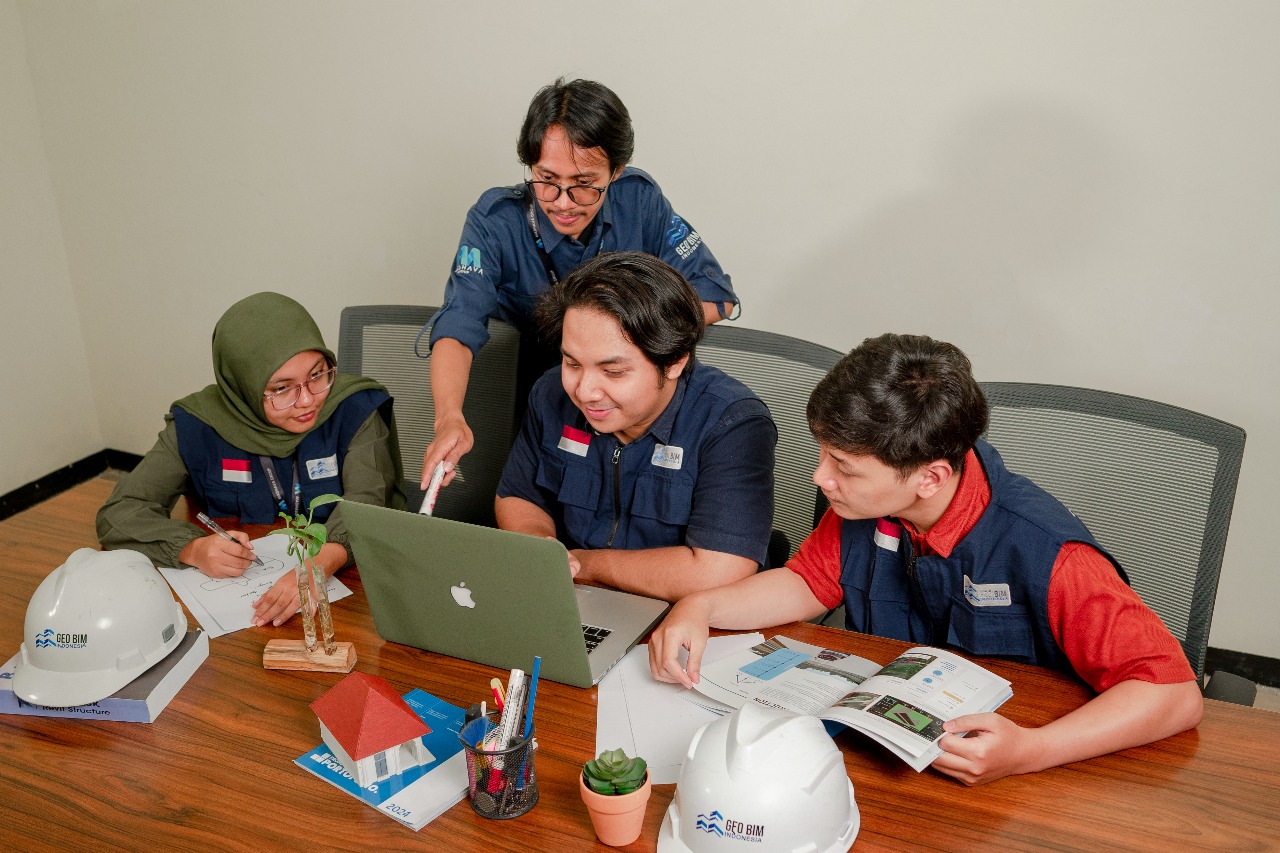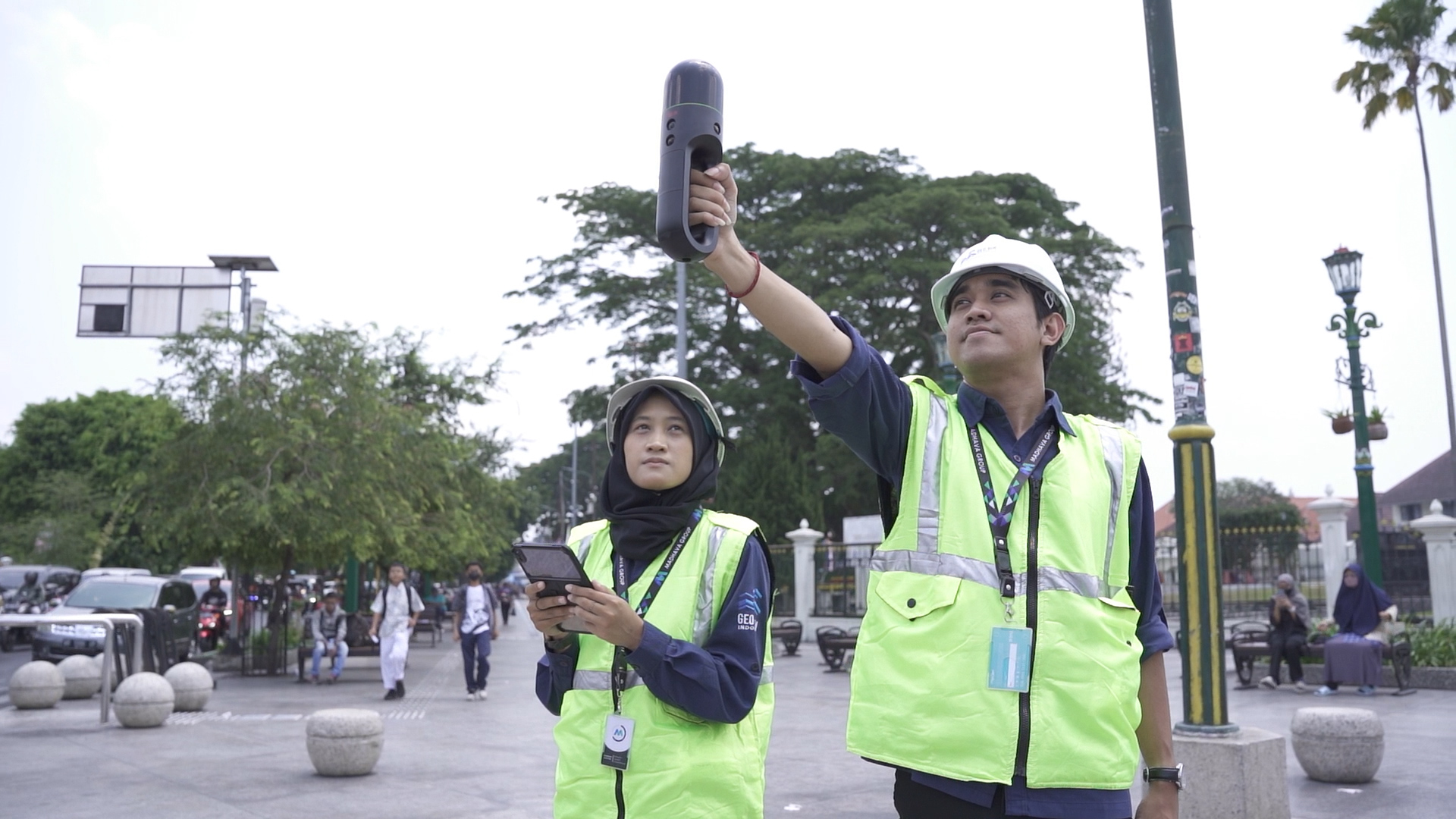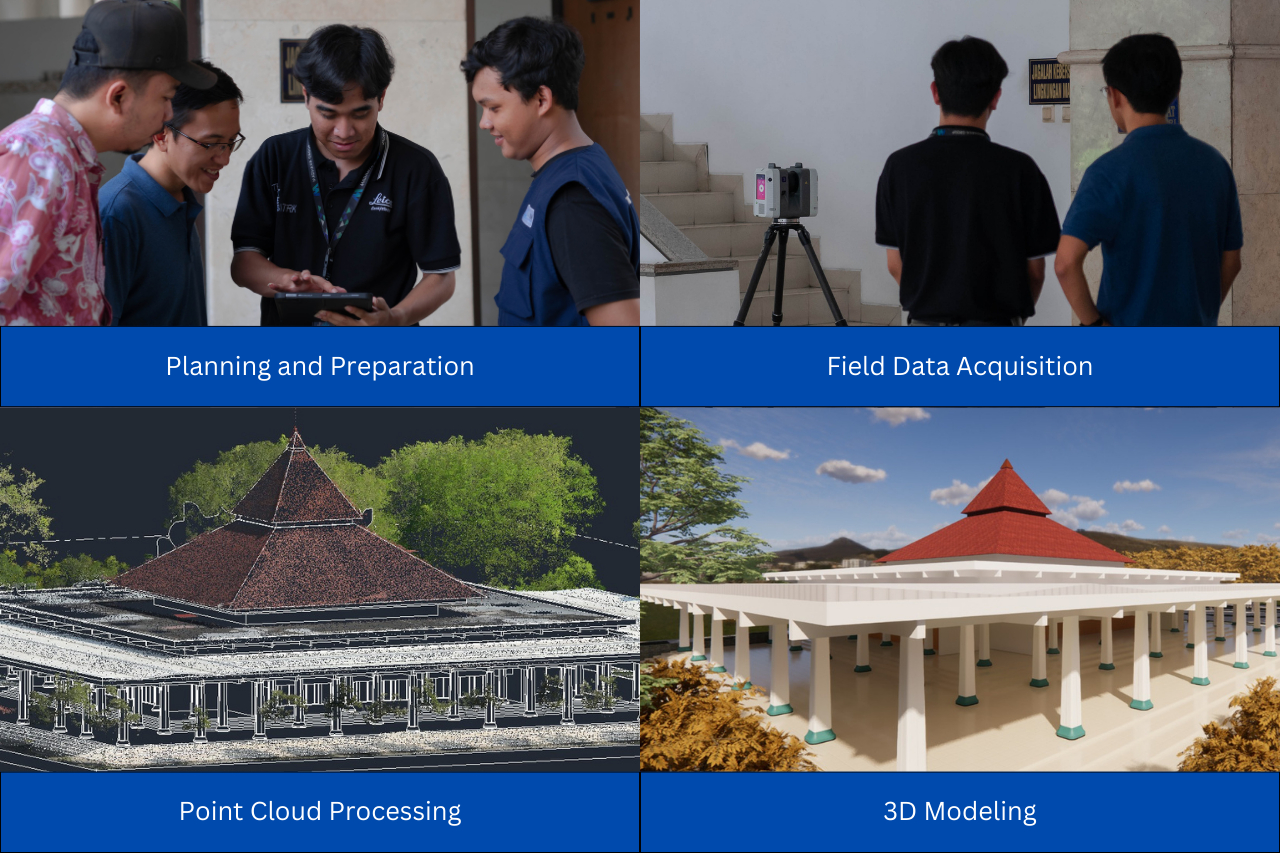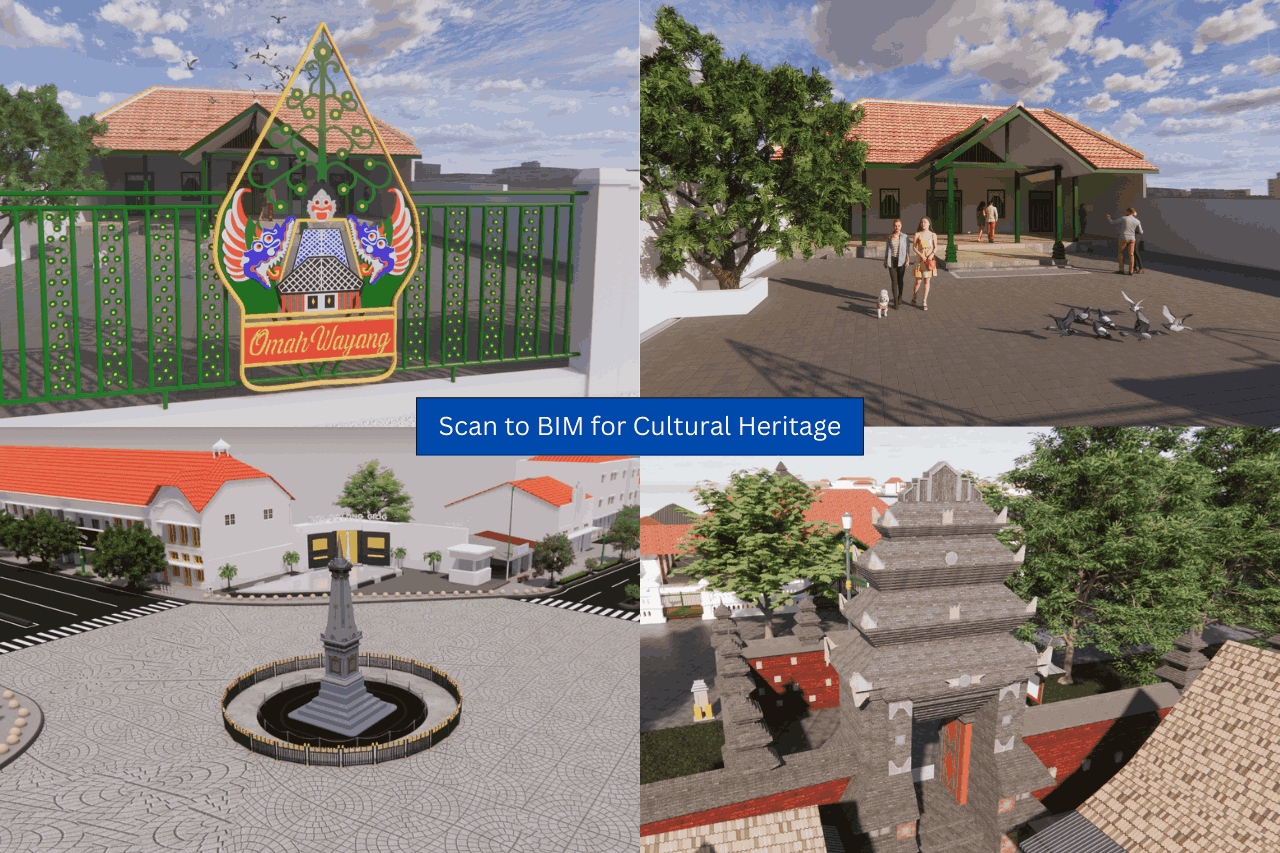One Stop BIM Solution
In the era of digitization of the construction industry, Scan to BIM (Building Information Modeling) technology is an innovative solution in building and infrastructure modeling and management. This method combines 3D laser scanning with BIM technology to produce an accurate digital representation of the real conditions of a structure. With this approach, the construction industry can improve efficiency, accuracy and sustainability in the planning, construction and maintenance of buildings and infrastructure.
What is Scan to BIM?
Scan to BIM is the process of converting 3D laser scanning or photogrammetric data into a BIM model that can be used at various stages of the building or infrastructure lifecycle. This technology enables accurate mapping of existing conditions, providing a detailed picture of the existing structure.
Advantages of Scan to BIM in Building and Infrastructure
-
High Accuracy in Documentation
Laser scanning produces highly accurate digital representations compared to conventional surveying methods, reducing the risk of errors in project planning and execution.
-
Time and Cost Efficiency
Manual processes in measurement and modeling can take a long time. With Scan to BIM, data collection is done in a short period of time and results in a model that can be used immediately.
-
Conflict Detection and Structural Analysis
With real-time data-driven BIM models, potential clashes between structural elements can be identified early on, avoiding costly construction mistakes.
-
Asset Management and Maintenance
BIM models can be used as a digital reference for long-term maintenance of infrastructure, assisting building owners and operators in asset management.
-
Improved Sustainability
Real data-based modeling enables more efficient planning and reduced construction material waste, thus supporting the concept of sustainable development.
Challenges and Future of Scan to BIM
Despite its many benefits, the implementation of Scan to BIM still faces several challenges, such as high technology investment costs, the need for skilled experts, and the complexity of processing point cloud data. However, with the development of technology and the increasing need for digitization in the construction industry, Scan to BIM is predicted to become the main standard in building and infrastructure management in the future.
By utilizing Scan to BIM, the construction industry can enter a new era that is more efficient, accurate, and sustainable. This technology not only improves productivity, but also opens up opportunities for wider innovation in asset management and modern infrastructure development.





.png)

